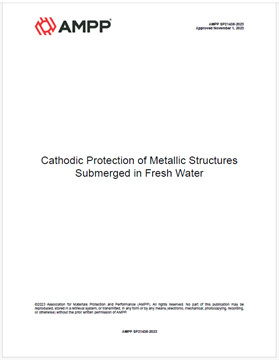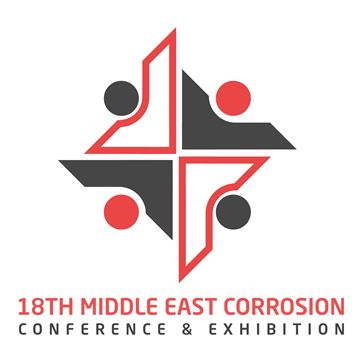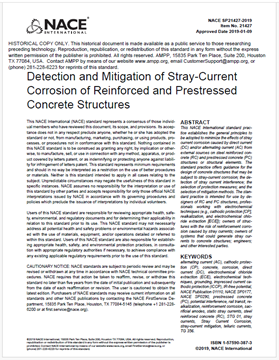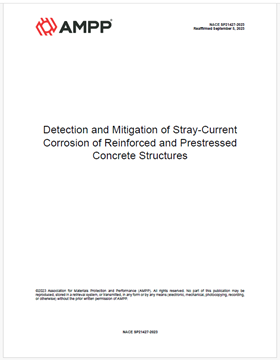Search
Products tagged with 'impressed current cathodic protection (iccp)'
View as
Sort by
Display
per page
AMPP SP21438-2023, Cathodic Protection of Metallic Structures Submerged in Fresh Water
Product Number:
AMPP SP21438-2023
Publication Date:
2023
$109.00
Linear Anode for Pipeline Rehabilitation – Thirty Years Later
Product Number:
MECC23-19993-SG
Publication Date:
2023
$20.00
NACE SP21427-2019 “Detection and Mitigation of Stray-Current Corrosion of Reinforced and Prestressed Concrete Structures”
Product Number:
21427-SG
Publication Date:
2019
$179.00
NACE SP21427-2023, Detection and Mitigation of Stray-Current Corrosion of Reinforced and Prestressed Concrete Structures
Product Number:
NACE SP21427-2023
Publication Date:
2023
$109.00




